
OR
Boost in domestic tourists gives respite to Nepal’s tourism sector
Published On: September 23, 2023 11:00 AM NPT By: Enika Rai
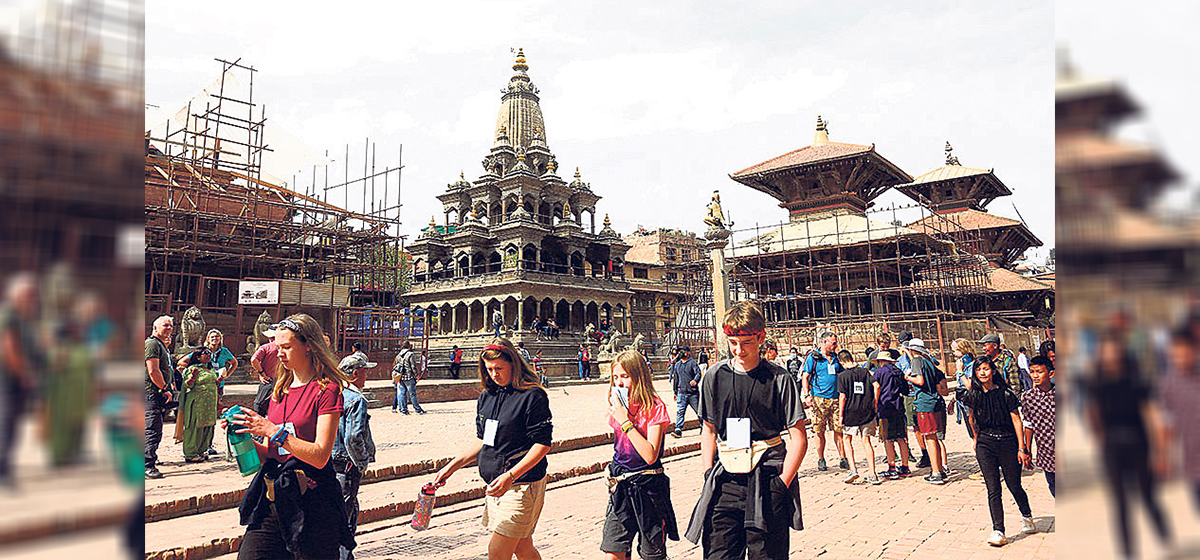
KATHMANDU, Sept 23: Nepal's tourism sector has found respite through an influx of domestic tourists. In recent years, Nepali residents have increasingly embarked on trips with their families, friends, and relatives, contributing significantly to the promotion of domestic tourism.
The movement of domestic tourists within the country has witnessed remarkable growth in recent years. While foreign tourists typically visit Nepal for seasonal sightseeing, local tourists have played a pivotal role in rejuvenating Nepal's tourism sector, according to industry experts.
Mukunda Pokhrel, a hotel and restaurant owner in Thamel, revealed that at the start of the season, hotel occupancy rates reach between 40 and 50 percent. He attributed this revival in Thamel's tourism scene to domestic tourists, which had been suppressed due to the COVID-19 pandemic over the past three years. Pokhrel, who manages Hotel Encounter and Kathmandu Grill Restaurant and Bar, highlighted that prior to the pandemic, Nepalis perceived Thamel as a destination exclusively for foreign tourists.
Jubhu Gurung, a hotel proprietor in Pokhara, noted that the presence of Nepali tourists in hotels has been steadily increasing over the past two to three years. Gurung revealed that even now, more Nepalis than foreigners stay at his establishments, named Purbeli Ghar and Paradise Inn in Pokhara. Gurung stated, "Currently, I see more Nepali guests in my hotel than foreigners." This marks a significant shift from four or five years ago when Nepali tourists visited only sporadically. The travel interests of Nepalis have grown, leading to substantial hotel occupancy rates.
Notably, the number of tourists arriving in Nepal remains consistent throughout the year. Most foreign tourists tend to visit Nepal during the spring and autumn seasons. The spring months of March, April, and May see a surge in foreign tourists, followed by another influx in September, October, and November. In contrast, foreign tourists are less frequent visitors during other seasons.
September, October, and November represent the second-highest period for the arrival of foreign tourists in the country. These months in the autumn season witness a flurry of tourist activities, including mountain climbing, high-altitude trekking, visits to monasteries and temples, adventure sports, and exploration of various scenic locations.
Kamal Sapkota, owner of Kathmandu Garden Home in Thamel, shared that hotels and homestays located in villages have experienced consistently high occupancy rates due to domestic tourists. In contrast, city-centered hotels attract fewer Nepali tourists. Sapkota explained, “Compared to Thamel, the occupancy of Nepali tourists is higher in hotels of Nagarkot, Dhulikhel, Nuwakot, and Trishuli.”
Local businessmen noted that the surge in domestic tourists has also led to increased sales of travel-related goods. Chandra Prabhat Rai, the proprietor of Mount Everest Equipment Store in Thamel, highlighted the positive impact of Nepalis developing a habit of purchasing necessary items for their travels. Rai stated, “Over my 15 years of experience, I have seen a growing number of Nepali customers buying travel essentials from my store.” He added that domestic tourists now constitute a majority of his customers, with about 60 to 70 percent of them being Nepalis.
In recent years, it has become evident that domestic tourists are playing a substantial role in Nepal's tourism sector, engaging in significant activities and spending on tours and hotel stays. Businesses related to tourism, including hotels, restaurants, homestays, and trekking shops, have greatly benefited from the evolving travel habits of Nepali residents.
Serika Thapa from Tokha expressed her enthusiasm for travel, noting that in her recent experiences, she has encountered numerous Nepali tourists during her journeys. Whether in remote mountainous regions, religious sites, or emerging tourist destinations, it is evident that Nepalis are increasingly exploring the country.
Suman Ghimire, former president of the Chitwan chapter of Hotel Association of Nepal and owner of Jungle Safari Lodge, revealed that 70 percent of hotel occupancy in Chitwan is now attributed to domestic tourists. He explained that the initial goal was to achieve a balance with 30 percent Nepali tourists and 70 percent foreign tourists when promoting domestic tourism in Chitwan before the COVID-19 pandemic. However, the situation has since reversed, with 70 percent of visitors being domestic tourists and only 30 percent being foreigners, primarily due to the rapid increase in domestic tourism since the onset of the pandemic.
You May Like This
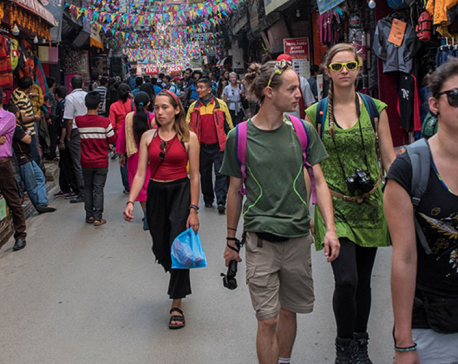
Nepal sees arrival of 16,975 tourists in January
KATHMANDU, Feb 26: As many as 16,975 international tourists from 150 countries visited Nepal in January, according to the Department... Read More...
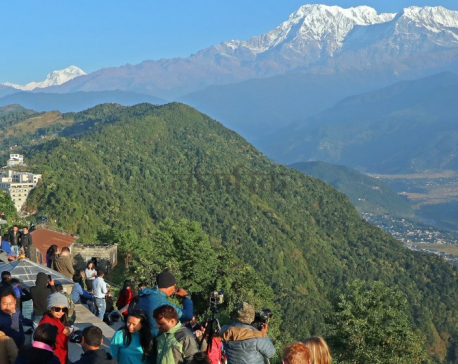
9,898 foreign tourists visited Nepal in September
KATHMANDU, Oct 4: Nepal welcomed 9,898 foreign tourists in the month of September, according to the information released by the... Read More...
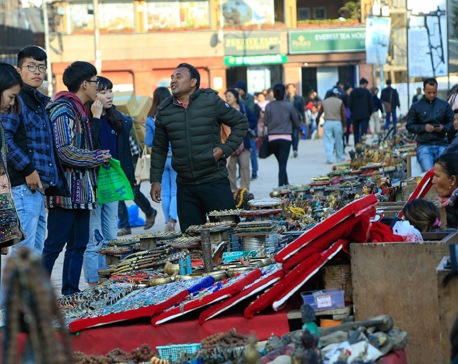
Nepal sees highest number of tourists from India in 2022
KATHMANDU, Jan 2: More than 600,000 tourists have entered Nepal in 2022. Based on the number of tourists who came... Read More...



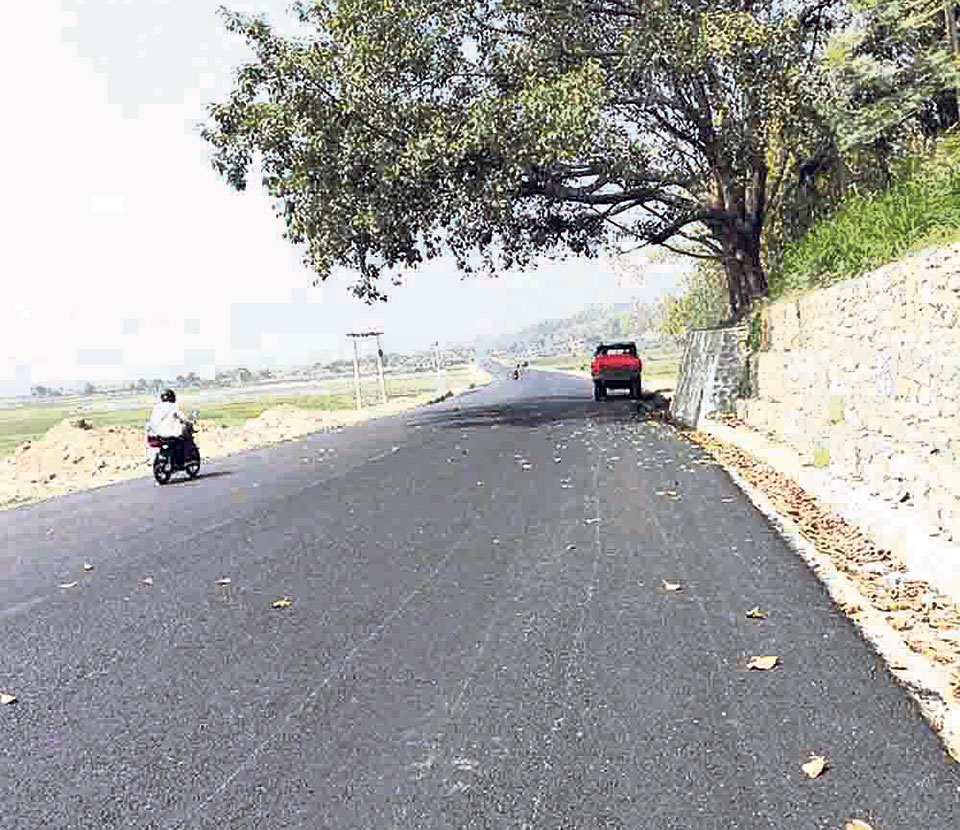


Just In
- Ridi-Tamghas road to undergo a month-long closure from today
- Political party leaders express commitment to ensure consensus to promote investment in the country
- Ilam by-election update: UML's Nembang continues to lead in vote count
- Demystifying labeled Feminism
- Japanese Foreign Minister to visit Nepal next week
- Bajhang by-election update: NC candidate ahead by 249 votes
- Aid for war: On the United States Senate and aid package
- NEA Provincial Office initiates contract termination process with six companies








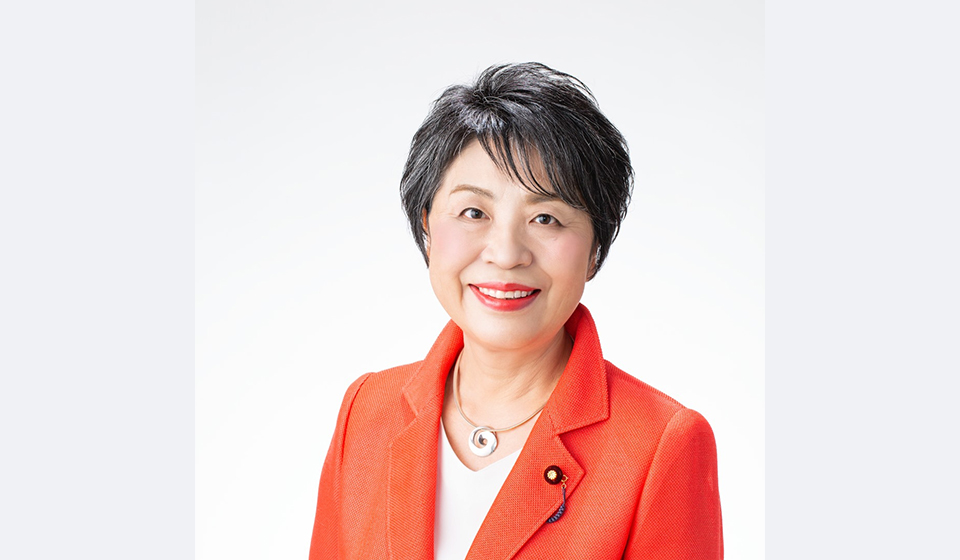

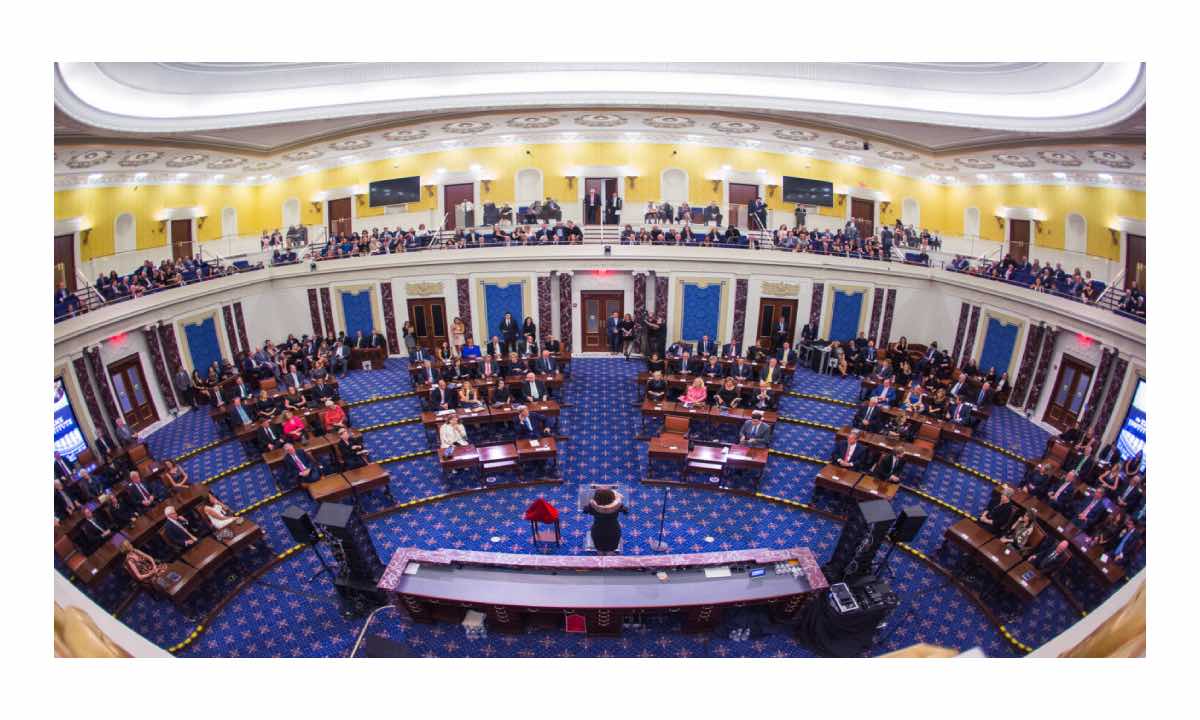
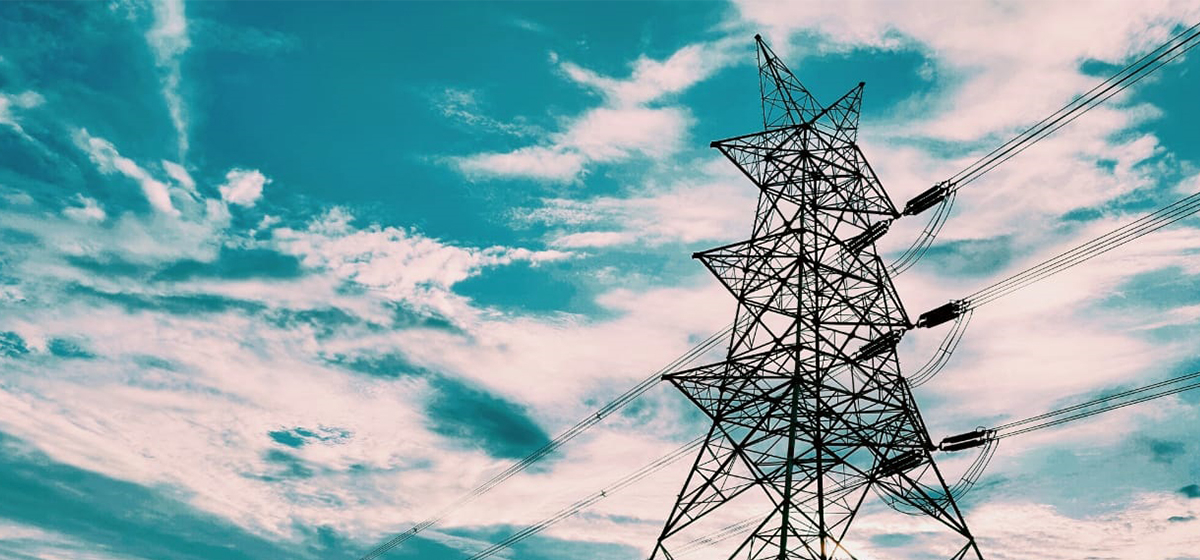
Leave A Comment